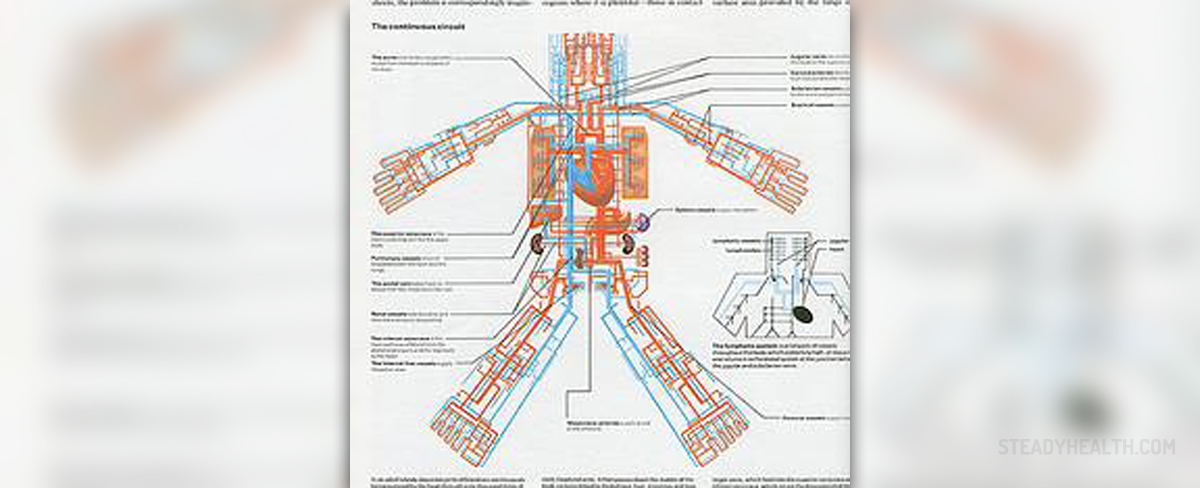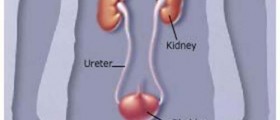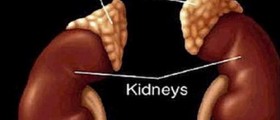Our endocrine glands have an influence on nearly every organ, cell, and function of our bodies. The system surrounding the endocrine glands is also important with regard to regulating one's mood, growth, development, metabolism, and tissue function.
If the endocrine system is negatively affected, it can have an impact on sexual function and reproductive processes. For the most part, the endocrine system governs processes that occur gradually - cell growth is one such example of this.

The nervous system is involved in controlling faster processes, such as breathing and body movement. These two systems often work together to help control overall body function.
About the Endocrine System
The main foundations of this system are the glands and the hormones. Hormones are responsible for the transfer of information and information amongst cells. Levels of hormone production are heavily influenced by things such as infection, stress, and changes in the balance of minerals and fluid in the blood.
Glands secrete and produce chemicals. This is achieved through the selection and removal of appropriate blood materials. These materials are then processed and secreted for use in the body. Some glands release their chemicals in specific areas. An example of this is the exocrine glands. These glands release their secretions in the skin or inside the mouth.
The main glands that comprise the human endocrine system are the hypothalamus, thyroid, pituitary, adrenals, parathyroids, pineal body, and reproductive glands. Also part of this system is the pancreas.
The pancreas is also associated with the digestive system. The endocrine glands are not the only things that produce hormones, and other organs such as the heart, lungs, kidneys, liver, brain, thymus, placenta, and skin can also do so.
- Several classes of hormones exist, including steroids, amino acid derivatives, and polypeptides and proteins. Those hormone classes differ in their general molecular structures (e.g., size and chemical properties).
- To maintain the body’s homeostasis and respond appropriately to changes in the environment, hormone production and secretion must be tightly controlled. To achieve this control, many bodily functions are regulated not by a single hormone but by several hormones that regulate each other.
- Although negative feedback is more common, some hormone systems are controlled by positive feedback mechanisms, in which a target gland hormone acts back on the hypothalamus and/or pituitary to increase the release of hormones that stimulate the secretion of the target gland hormone.
- The pituitary (also sometimes called the hypophysis) is a gland about the size of a small marble and is located in the brain directly below the hypothalamus. The pituitary gland consists of two parts: the anterior pituitary and the posterior pituitary.
- The adrenal glands are small structures located on top of the kidneys. Structurally, they consist of an outer layer (i.e., the cortex) and an inner layer (i.e., the medulla). The adrenal cortex produces numerous hormones, primarily corticosteroids (i.e., glucocorticoids and mineralocorticoids). The cortex is also the source of small amounts of sex hormones; those amounts, however, are insignificant compared with the amounts normally produced by the ovaries and testes.
- The thyroid gland, which consists of two lobes, is located in front of the windpipe (i.e., trachea), just below the voice box (i.e., larynx). The gland produces two structurally related hormones, thyroxine (T4) and triiodothyronine (T3), that are iodinated derivatives of the amino acid tyrosine.
- The parathyroid glands are four pea-sized bodies located behind the thyroid gland that produce PTH. This hormone increases calcium levels in the blood, helping to maintain bone quality and an adequate supply of calcium, which is needed for numerous functions throughout the body (e.g., muscle movement and signal transmission within cells).
- The pancreas is located in the abdomen, behind the stomach, and serves two distinctly different functions. First, it acts as an exocrine organ, because the majority of pancreatic cells produce various digestive enzymes that are secreted into the gut and which are essential for the effective digestion of food. Second, the pancreas serves as an endocrine organ, because certain cell clusters (i.e., the Islets of Langerhans) produce two hormones—insulin and glucagon—that are released into the blood and play pivotal roles in blood glucose regulation.
If the body produces too much or too little of a particular hormone, then this can be harmful to the body. One such example of this is the pituitary gland, an excess of which can lead to abnormal tallness. It is thus important to control or replace specific hormones if there is too much or too little production of a particular hormone.
Potential Problems
Problems that arise as a result of abnormal hormone production include adrenal insufficiency, Cushing syndrome, type one diabetes, type two diabetes, growth hormone problems, and hyperthyroidism.
These problems are generally all associated with the over or under-production of hormones, particularly in the case of adrenal insufficiency, which occurs due to the underproduction of the adrenal corticosteroid hormones.
















Your thoughts on this
Loading...